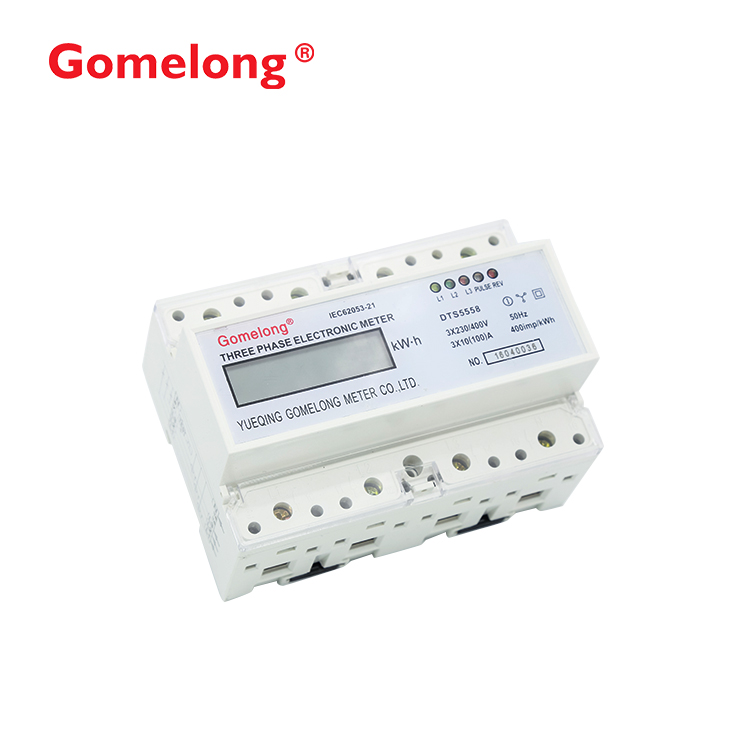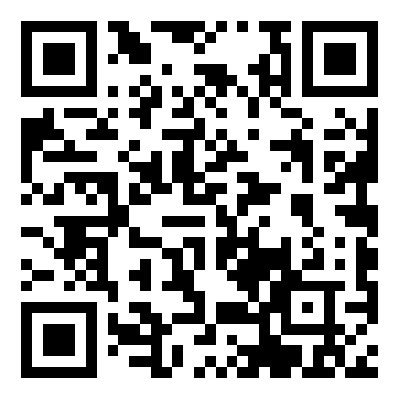Securing the Connection: Navigating Data Transmission and Security in Smart Meter Remote Monitoring
2023-11-15
Introduction:
In the era of smart technology, the integration of smart meters into the fabric of energy management brings forth unprecedented capabilities. Smart meters, designed for remote monitoring, rely on robust data transmission protocols and stringent security measures to ensure the confidentiality, integrity, and availability of the data they handle. In this blog, we explore how smart meters adeptly manage data transmission and address security concerns during remote monitoring.
Efficient Data Transmission:
1. Real-Time Communication Protocols:
- Smart meters utilize real-time communication protocols, such as Zigbee, LoRa, Wi-Fi, or cellular connectivity, to transmit data seamlessly. These protocols are selected based on factors like range, bandwidth, and power efficiency, ensuring efficient and reliable communication.
2. Regular Data Transmission Intervals:
- To keep remote monitoring data up-to-date, smart meters often employ regular transmission intervals. This ensures that the information received is current and reflective of the most recent energy consumption patterns.
3. Data Compression Techniques:
- To optimize bandwidth usage, smart meters may implement data compression techniques. These techniques reduce the size of transmitted data packets, allowing for faster transmission without compromising the integrity of the information.
4. Dynamic Data Routing:
- In cases where smart meters are part of a larger network, dynamic data routing mechanisms may be employed. These mechanisms adapt to changing network conditions, ensuring that data takes the most efficient path to its destination.
Security Measures:
1. Encryption Protocols:
- To safeguard transmitted data from unauthorized access, smart meters use encryption protocols. Data is encrypted during transmission, making it unreadable to anyone without the proper decryption key. Common encryption methods include AES (Advanced Encryption Standard) for secure data transmission.
2. Secure Authentication Mechanisms:
- Smart meters implement secure authentication mechanisms to ensure that only authorized entities can access and interact with the meter. This often involves the use of unique identifiers, access codes, and secure authentication protocols to verify the legitimacy of remote requests.
3. Firewalls and Intrusion Detection Systems:
- To fortify their defenses against cyber threats, smart meters may be equipped with firewalls and intrusion detection systems. These technologies monitor incoming and outgoing network traffic, blocking or alerting to potential security breaches.
4. Secure Boot and Firmware Updates:
- Ensuring the integrity of the smart meter's software is crucial. Secure boot mechanisms verify the authenticity of the meter's software during startup, preventing unauthorized modifications. Secure firmware update processes further guarantee that only legitimate updates are applied, minimizing the risk of tampering.
5. Role-Based Access Control:
- Role-based access control is employed to manage and restrict user access based on predefined roles. This granular control ensures that only authorized personnel have access to specific functionalities and data, reducing the risk of unauthorized interference.
6. Tamper Detection and Response:
- Smart meters are often equipped with tamper detection mechanisms that can identify physical or cyber tampering attempts. In the event of a detected tamper, the meter can initiate protective measures or send alerts to the appropriate authorities.
7. Privacy Measures:
- To address privacy concerns, smart meters are designed to collect and transmit only the necessary data for energy monitoring. Personal information is protected, and measures are in place to anonymize and secure data to comply with privacy regulations.
Continuous Monitoring and Updates:
1. Security Audits:
- Regular security audits are conducted to assess the robustness of the smart meter's security features. These audits help identify potential vulnerabilities and ensure that security measures remain effective against emerging threats.
2. Over-the-Air Updates:
- To stay ahead of security threats, smart meters may support over-the-air updates for both firmware and security patches. This allows for timely updates without requiring physical access to the meters, ensuring that the latest security measures are in place.
Conclusion:
In the realm of smart meters and remote monitoring, data transmission efficiency and security go hand in hand. Smart meters employ a combination of real-time communication protocols, encryption, authentication mechanisms, and continuous monitoring to ensure the reliable and secure transmission of energy consumption data. As these meters continue to evolve, their commitment to safeguarding sensitive information remains steadfast, contributing to a more resilient and trustworthy smart grid infrastructure.



